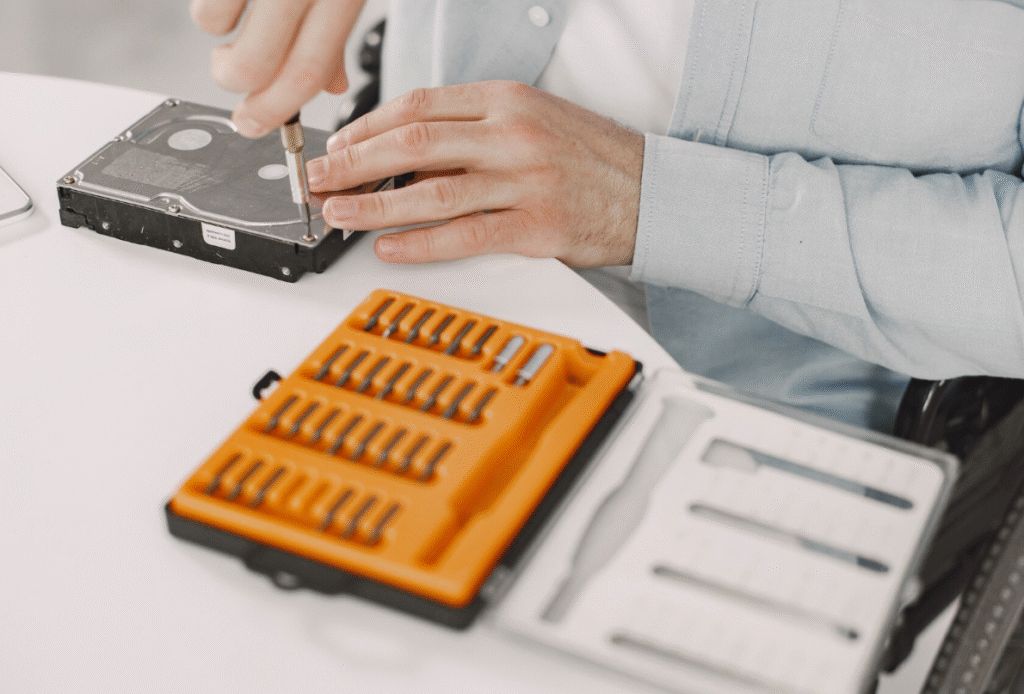Artificial intelligence has become one of the defining technologies of the 21st century, with neural networks at the heart of its progress. But what actually happens inside a neural net when it recognizes a face, translates a sentence, or writes code?
Let’s open the black box and explore what goes on inside the “mind” of a neural net.
What Is a Neural Net?
A neural net, short for artificial neural network (ANN), is a computational system inspired by the human brain. It consists of layers of interconnected nodes—or “neurons”—each designed to perform simple mathematical operations.
Despite their biological inspiration, neural nets are not conscious or self-aware. Instead, they learn to approximate complex functions by adjusting internal parameters (called weights) based on examples.
The Learning Process: From Data to Pattern
Training a neural net is like teaching a dog tricks—except with a mountain of data. Here’s how it works:
- Input Layer: The neural net receives data—an image, sentence, or sound clip—converted into numbers.
- Hidden Layers: Data is processed through multiple layers of neurons. Each neuron applies a mathematical function, combining inputs with learned weights.
- Activation Functions: After summing inputs, neurons pass the result through an activation function (like ReLU or sigmoid) to determine the signal’s strength.
- Output Layer: The final result—such as a prediction or classification—is produced.
During training, the network compares its output to the correct answer and uses backpropagation to adjust its weights, reducing error over time.
What Does a Neural Net “Understand”?
Surprisingly, neural nets don’t “understand” things the way humans do. Instead, they build abstract representations of the data.
For example, in an image classifier:
- Early layers detect edges and textures.
- Intermediate layers learn shapes and parts of objects.
- Final layers recognize entire objects (like a cat, car, or banana).
These representations are not stored like images or words in our brain. Instead, they exist as patterns of numbers—mathematical encodings that only make sense within the system’s own logic.
Peering Into the Black Box
Researchers have developed tools to visualize what neural nets are doing:
- Feature visualization: Reveals what patterns individual neurons respond to.
- Saliency maps: Highlight which parts of the input influence the output most.
- Dimensionality reduction: Projects complex internal states into 2D or 3D to observe how the network clusters data.
These tools help us glimpse the “thought process” of neural networks—even if it’s vastly different from human cognition.
The Limits of Interpretation
Despite advances, neural networks remain largely opaque. Unlike traditional algorithms with human-readable logic, neural nets rely on millions or billions of parameters, all interacting in nonlinear ways.
This makes it hard to explain why a particular decision was made—leading to challenges in critical areas like healthcare, finance, and criminal justice. This “interpretability gap” has become a key concern in responsible AI development.
Are Neural Nets Thinking?
It’s tempting to anthropomorphize neural nets—especially as they generate text, paint pictures, or play strategy games. But it’s crucial to remember: neural nets don’t have desires, beliefs, or consciousness.
They are powerful pattern recognizers, not minds. What we see as creativity or understanding is really the result of learning from vast amounts of data.
Conclusion
Peering inside the mind of a neural net reveals a world that is mathematical, abstract, and surprisingly alien. These networks learn by encoding patterns, not by thinking like us. While they’ve become indispensable tools in science and industry, understanding how they work—and where they fail—remains one of the most important challenges in AI today.


